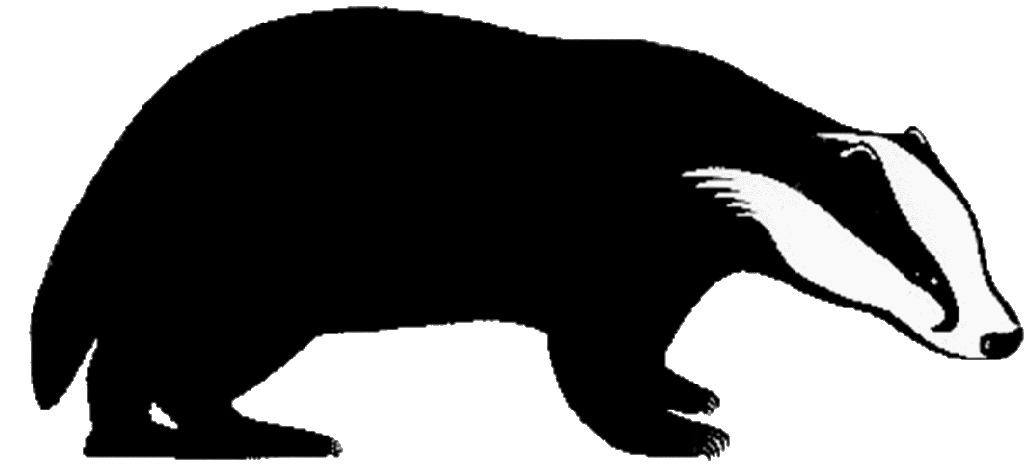Art and Design & Technology
At Birch Hill we aim to support the development of both those talented in the arts and those who use art to broaden their understanding of other areas of the curriculum as well as a platform to improve their wellbeing. The process of engagement in the arts results in increased confidence and improved self-esteem for children.
Art and Design
Intent
Art and Design has a very important place in our curriculum, we see it as a vehicle for creativity and individual expression. Art and Design both reflect and shape our history, and contribute to the culture, creativity and wealth of our nation. Our curriculum for Art and Design aims to ensure that all pupils can:

- Produce creative work, explore their ideas and record their experiences.
- Become proficient in drawing, painting, sculpture and other art, craft and design techniques.
- Evaluate and analyse creative works using the language of art, craft and design.
- Know about great artists, craft makers and designers, and understand the historical and cultural development of their art form.
Art and design activities enrich children’s learning and enables them to communicate their thoughts, ideas and observations in a practical and expressive way. In talking about art and evaluating their own and others’ work, children are encouraged to develop their visual language, ideas and feelings. Through experience of a variety of materials, tools and techniques children have the opportunity to record creatively the world around them.
Implementation
At Birch Hill we are working to ensure that sufficient time is given to Art and Design, in order to enable pupils to meet the expectations set out in the National Curriculum programme of study. The Art and Design curriculum shows progression, allowing time for children to take inspiration from the greats, develop ideas and master techniques. We have participated in programmes such as ‘Take One Picture’ which have proved to be extremely successful and we are looking at other programmes to help our school support the arts further.
Impact
In order to help the children achieve their goals and meet the expectations of the curriculum we ensure our teaching gives the pupils :
- The ability to use visual language skilfully and convincingly to express emotions, interpret observations, convey insights and accentuate their individuality.
- The ability to communicate fluently in visual and tactile form.
- The ability to draw confidently and adventurously from observation, memory and imagination.
- The ability to explore and invent marks, develop and deconstruct ideas and communicate perceptively and powerfully through purposeful drawing in 2D,3D or digital media.
- An impressive knowledge and understanding of other artists, craft makers and designers.
- The ability to think and act like creative practitioners by using their knowledge and understanding to inform, inspire and interpret ideas, observations and feelings.
- Independence, initiative and originality which they can use to develop their creativity.
- The ability to select and use materials, processes and techniques skilfully and inventively to realise intentions and capitalise on the unexpected.
- The ability to reflect on, analyse and critically evaluate their own work and that of others.
- A passion for and a commitment to the subject.


Design and Technology
At Birch Hill Primary School we are committed to providing all children with learning opportunities to engage in Design Technology. Our planning and practice is based on the National Curriculum for Design Technology and DT Association’s Projects on a page.
Value of Design and Technology
We believe Design and Technology is about designing and making products for a specific user and purpose. It involves children in learning about the world we live in and developing a wide range of knowledge and skills through designing and making. It helps children to think through problems creatively, about how to organise themselves and how to use knowledge and skills to bring about change and to shape the environment. Through design and technology, children become discriminating and informed users of products and become innovators.
Aims of Design and Technology
We believe Design and Technology offers opportunities for children to:
- Develop their capability to create high-quality products through combining their designing and making skills with knowledge and understanding;
- Develop a sense of enjoyment and pride in their ability to make;
- Nurture creativity and innovation through designing and making;
- Develop an interest and understanding of the ways in which people from the past and present have used design to meet their needs.
In the Early Years Foundation Stage we provide opportunities for children to:
- Develop a curiosity and interest in the designed and made world through investigating, talking and asking questions about familiar products;
- Develop confidence and enthusiasm through frequent exploration of construction kits to build and construct objects, and activities for exploring joining, assembling and shaping materials to make products;
- Extend their vocabulary through talking and explaining about their designing and making activities.
Implementing Design and Technology
Design and technology is taught for 8-12 hours each term, depending on the project being undertaken.
The D&T Association’s Projects on a Page scheme of work provides the framework for learning and teaching in design and technology.
- One project is planned and undertaken each term.
- Colleagues use the project planners in the scheme imaginatively, whilst ensuring the learning objectives remain the same in order to ensure progression.
- In the EYFS, design and technology activities are planned; some initiated by the children and some led by adults.
- Children in their designing and making will apply knowledge and skills of: textiles, food, mechanisms, mechanical systems and structures.
- All design, make and evaluate assignments provide learning opportunities for developing creativity through designing skills such as generating, exploring, modifying ideas through drawing, modelling with materials and problem solving.
Art in action (Take One Picture Exhibition)




